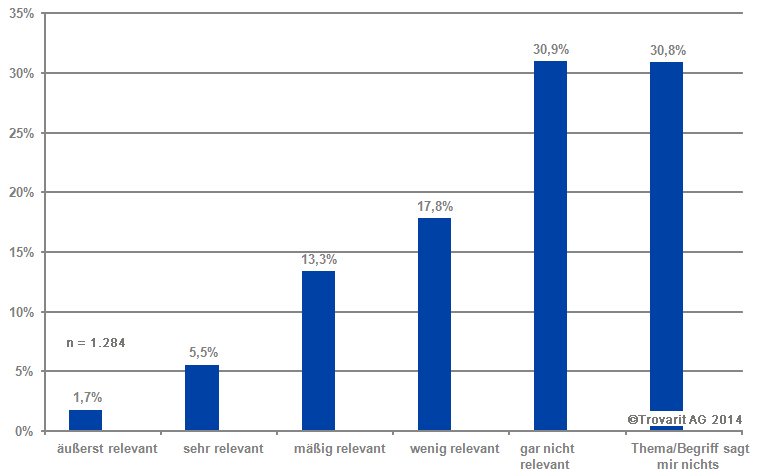For some time now, the buzzword „Big Data“ has dominated expert magazines and, increasingly, the business press. Hidden behind the term „Predictive Analytics“ the focus is on the look ahead concerning demand, customer preferences or delivery dates. Especially applications scenarios from the consumer goods industry have caused quite a stir, for example, Amazon’s patented process of „anticipatory shipping„: The products which customers in a specific area are expected to be wanting are boxed and shipped even before they have been ordered. For Amazon, this means the cutting of delivery times, which may well be decisive for the buyer, and at the same time a reduction of stock buffers and inventory costs. The prognosis of the prospective customers‘ buying behaviour is based on previous orders and other factors — and calculated with the help of models which are generated based on millions upon millions of datasets – literally „Big Data“.
Against the background of such scenarios many SMBs – not only from the industrial sector – are not wrong in saying: „We don’t really have Big Data – this is rather more relevant for the internet-multis who deliver to millions of consumers than for an engineer with a couple of hundred customers“.

However, one has to ask the question, whether even a mid-sized engineering company or supplier for the automotive industry could have Big Data available and – even more important – should have Big Data available. In fact, even a mid-sized production company can easily produce „Big Data“ if it uses auto-ID technologies to attach information about the order, the processing status, the quality, stock location etc. to a part at each of the stations it passes and, at the same time, report this information to the PPC system.
Technically and with regard to costs this is no longer impossible even today. The great advantage of this scenario which is based on the concept of „industry 4.0“, results from dramatically faster reactions to the conditions in the production line, which in turn yields reduced delivery times, better capacity utilisation and smaller inventories on hand.
Indeed, if you follow this scenario further, the use respectively analysis of Big Data can be an approach for mid-sized production companies to control its logistics pro-actively instead of merely reacting with more or less delay.

